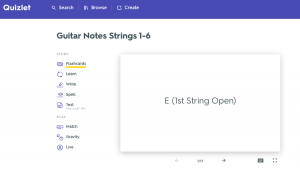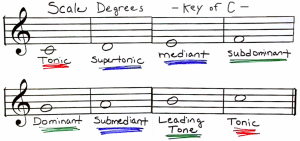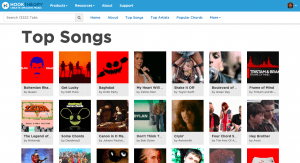SUMMARY
Write your daily summary last, at the end of the day here… Only one to two sentences.
CLASSROOM
most music is on the pentatonic scale.
different civilizations came up with different scales of music (different scales).
universal agreement for instrument wasn’t reached until 1600s.
new keys were created through social evolution.
LAB
HookPad is easy to use, but because it only allows 1-7 as input, it doesn’t recognize if I want to put a high C. Some things need to be manually tweaked, but its simple enough. The rainbow color coding is easy to the eyes, associating each note with colors.
PRACTICE ROOM

OUTSIDE / JOURNAL / IDEAS
Create a work ethic that separates creativity from the rest of your day, yet foster creativity with different methods.
I noticed that I have ideas, but never act on it, since I’m too often distracted. After that the idea doesn’t feel as unique, and it gets discarded. Maybe I could improve this by carrying a small notepad and a pencil to write everything I come up with.
STUDIO
By Jamie Henke, music.wisc.edu/faculty/jamie-henke/
Melody Composition Terms
-
- Theme – long, flowing melodic idea
- Motive – a short rhythmic idea
- Period – musical sentence
- Phrase – a set within the music sentence (a sentence fragment)
- Antecedent (Question) Phrase – first phrase, sets up the music
- Consequent (Answer) Phrase – second phrase, responds to the first phrase
- Scale Degrees –
- Tonic – begins the scale and ends the scale. one scale degree, creating a sense of stability and resolution
- Supertonic, Mediant, Submediant – tonics, need to move forward but significantly less force
- Dominant, Subdominant, Leading Tone – has the most force, several scales that creates tension for the tonics to resolve
- Steps – any movement using half or whole steps
- Leaps – any movement using intervals larger than whole steps
- Conjunct motion – melody built out of steps
- Disjunct motion – melody made out of leaps
- Repetition – use repeated material to create a link between two phrases of period
- Contrast – phrases contrasting with one another, but has enough similarities for them to work together. this could be two phrases with repeating segments in each other to tie it together, or similar beat layout
- Variation – halfway between contrast and repetition. the two phrases include some recognizable materials and and varied materials
Melody Resources


CONTROL ROOM
Learn how to Create Tracks
Explore the Piano Roll, Drawing and Moving Notes
Learn to Edit Notes, Velocity, and More
Learn to Create Your Own Presets
WHAT I LEARNED and PROBLEMS I SOLVED
I managed to enter two collaborations, one for a SpongeBob end theme remix, and another about the summer break. I learned how to write lyrics, or started on it at least. I’ll need more information on lyric writing to refine the idea I have.
